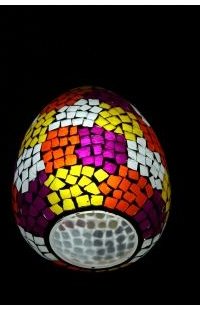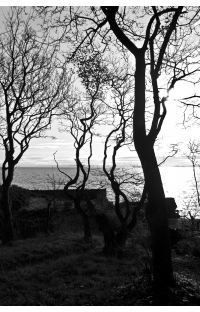How to Do Production Design Well with a Small Budget
In Front of the Camera
Many people assume that since the director is often considered the prime author of a film that everything in it that is seen is directly out of their creative brain. In reality, the director really communicates his or her vision to other creative professionals who actually work on it, bringing in their own ideas and skills based on what the director hopes for. The visual elements, this is to say the entire mise-en-scène that defines the sets and environments, is controlled through the art department. This art department, which has positions such as set designer and art director, is headed up and coordinated by the production designer. It is up to them to really craft the visual look of the environment, which is then photographed by the director of photography. When you are working on the production design for your digital video film you have to make a series of negotiations: extravagance against abstinence, realism against imagination, practical against impractical, and so on. Here are some key tips for working on the production design of your project.
Low Budgets
The processes and expectations used in large-scale feature films are not going to be applicable to low-budget projects, student films or most digital video projects. What this means is that you have to begin limiting your scope in production design, mainly around the creation of original objects and sets; you need to try to utilize existing items as much as you possibly can. This means scouring thrift stores and garage sales to find things that will match the perceived environment in the story space as well as the visual palette and mood you are trying to achieve. This does not mean that you cannot alter items, but you need something that functionally exists ahead of time so that you have real world objects that can enhance your production value.
This is especially true when it comes to the filming location. Since most films will not have the money to build sets and use a studio - unless they need a state’s tax credit - they will instead have to look for existing locations that will be able to approximate their needs with limited changes. Since you will have to be using location agreements and will usually need to leave the location as it is, it is best to spend your time finding appropriate filming spots that hold a certain visual appeal and number of appropriate set dressings in them already. Exterior locations are more difficult to alter, especially because of permits, but you can often find ones that will reflect your mood and aesthetic well.
Visualization
The visualization process is crucial for production design on your film because it will direct what your idea will be. The director can contribute to this, but it is really up to the production designer and art director more than anything. These can include notes and drawings, often going into detail as to how this will look when finally in front of the camera.
This process has been used around the studio feature film world, where the visualization for the production design can be realized for the film. This is not always going to be the case with a low-budget project and many compromises will have to be made, so it indicates that the visualization is not necessarily going to match the final outcome. To accommodate for this you may want to provide more general drawings and lists of acceptable items. Later, you can do a more specific set of drawings that can be used by the art director when the scene is actually being arranged, the sets adjusted and the locations altered.
Actual Production
The practical realities of your production design must also extend beyond financial limitations to the realities of the production. This is often something that the producer, the camera department and other production departments will influence, but the production designer has to be clear about these things when making their plans otherwise they will not be able to complete planning. This really refers to the space that

is available and what is required to go into active production.
An example of this is the density of props and set dressings in a location and how that influences the production equipment. If you have the area too filled it can limit dolly motion, camera setups and access to power sources. It can also make the set up and break down time so significant that you end up getting behind schedule.
They must also be aware of how these things will play into the lighting schemes that the camera, grip and electric department are anticipating. The lighting will need practical motivation on set, meaning that the light source will have to be suggested by an on set item. If you do not have an appropriate lamp for the color temperature of the light that will be used in a particular scene, then it will not work well as a practical light source and will not be able to motivate it. This will be part of the production design negotiation process, but it can never undermine the actual mechanisms that make the production work.
References
Source: author’s own experience.
Image credits:
